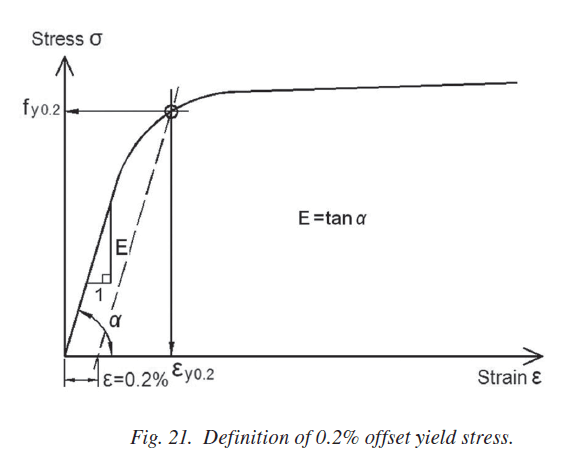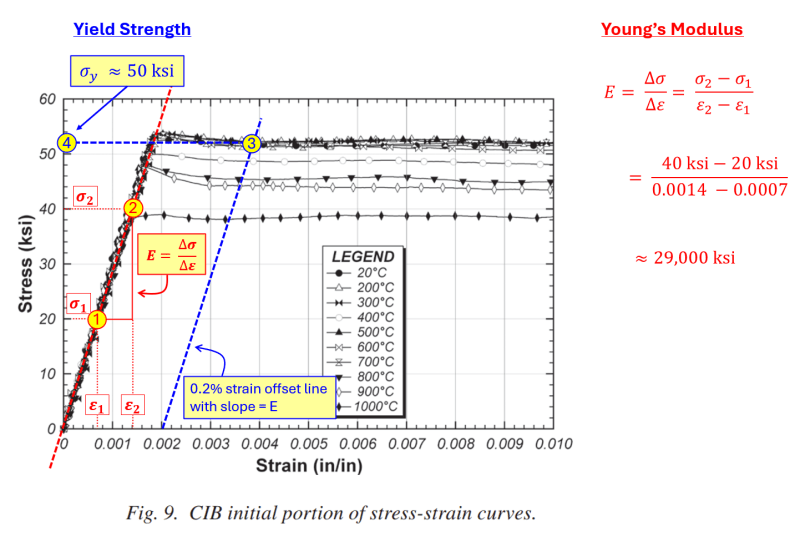CorporalToe
Civil/Environmental
- Mar 9, 2024
- 45
Why is E for A992 Steel 29000 ksi when AISC says the Fy = 50 ksi, and typically es = 0.002?
Follow along with the video below to see how to install our site as a web app on your home screen.
Note: This feature may not be available in some browsers.


